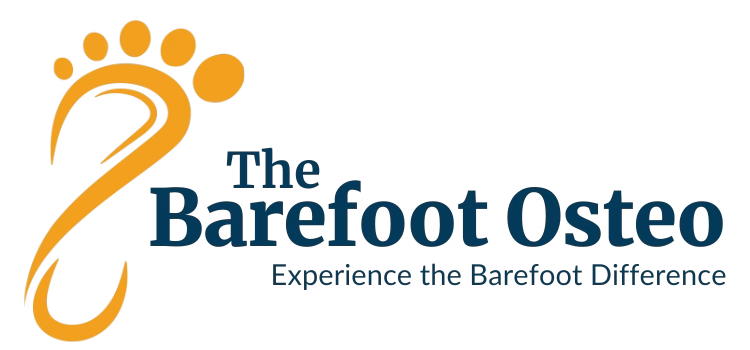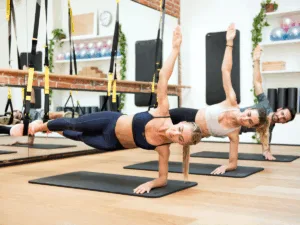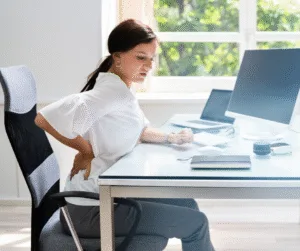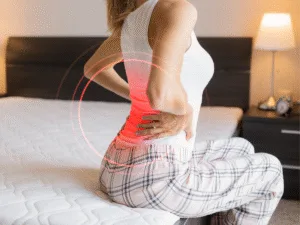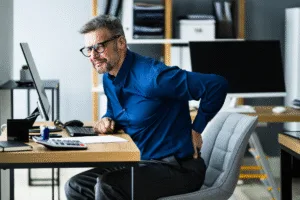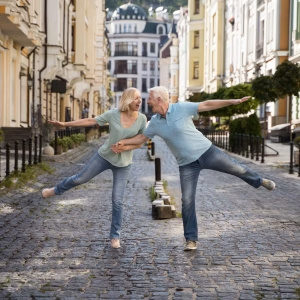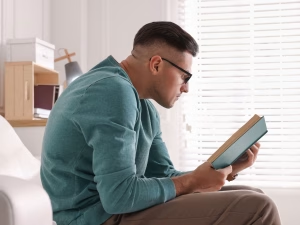Transitioning to barefoot living is more than just taking off your shoes—it’s about reconnecting with natural movement patterns that can improve your overall health. For those considering a transition to barefoot living, there are numerous benefits, from strengthening foot muscles to enhancing balance and posture.
In this guide, we’ll explore the benefits of barefoot living and share expert tips on how to make the transition safely. Whether you’re a runner, a yoga enthusiast, or just looking for ways to improve your mobility, we’ve got you covered.
Benefits of Barefoot Living
1. Strengthens Foot and Ankle Muscles
One of the key advantages of making the transition to barefoot living is the strengthening of the foot muscles, which improves balance and stability. Wearing shoes, especially those with too much cushioning or support, weakens these muscles over time. However, barefoot activities activate these underused muscles, helping to improve foot strength and overall stability. Studies have shown that barefoot walking and running can lead to stronger, more resilient feet, which in turn supports better posture and balance
2. Improves Mobility and Flexibility
By allowing your feet to move more freely, barefoot living helps to improve the natural range of motion in the foot and ankle joints. This can be particularly beneficial for those dealing with stiffness or tightness in the calves, ankles, or plantar fascia. Regular barefoot exercises can help increase joint flexibility and prevent common foot and ankle injuries, such as sprains or strains.
3. Enhances Proprioception
Proprioception, or the ability to sense the position and movement of your body, is another area that barefoot living improves. Walking or running without shoes increases the sensory feedback from the ground, allowing your body to respond more efficiently to changes in terrain or movement. This improved body awareness can lead to better balance and coordination, making you less prone to falls and injuries.
4. Reduces Impact Forces
One of the key biomechanical changes in barefoot running or walking is the reduced impact on your joints. Traditional shoes often encourage a heel-strike pattern, which can create more shock through the knees and hips. Barefoot activities tend to promote a forefoot or midfoot strike, which lessens the impact and helps reduce stress on the joints. This shift can be particularly beneficial for those dealing with lower back pain or joint issues.
5. Encourages Better Posture
Barefoot living also plays a role in improving posture. By strengthening the feet and aligning the body more naturally, you’re more likely to maintain proper postural alignment. This is especially important for individuals like Sarah, who may experience lower back pain as a result of poor posture or muscle imbalances. When the feet are strong and stable, the rest of the body follows suit, allowing for smoother, more controlled movements.
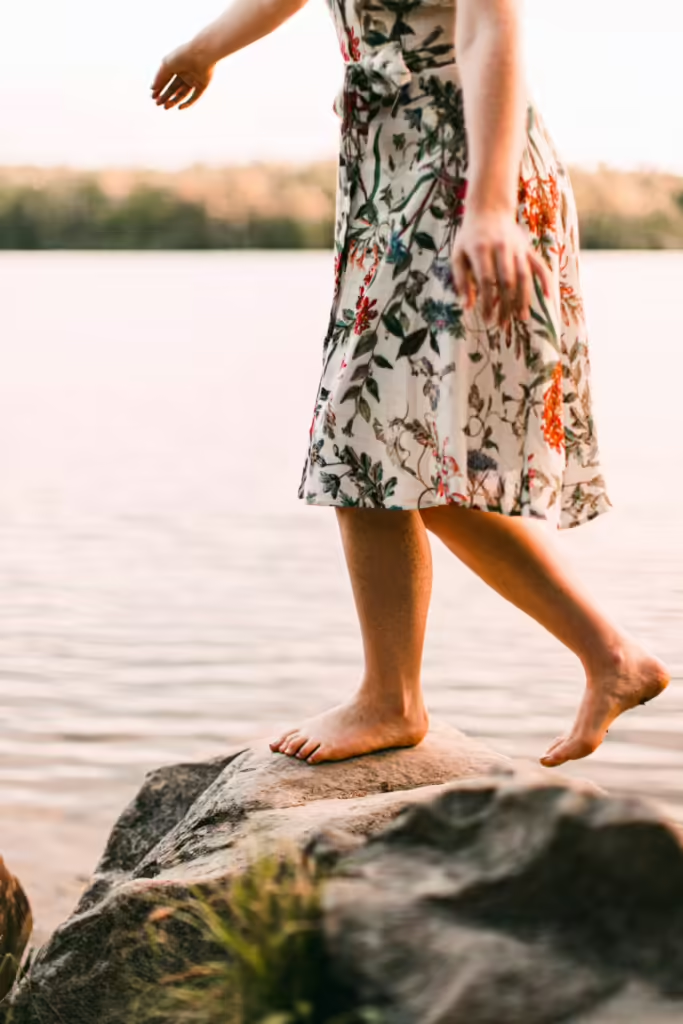
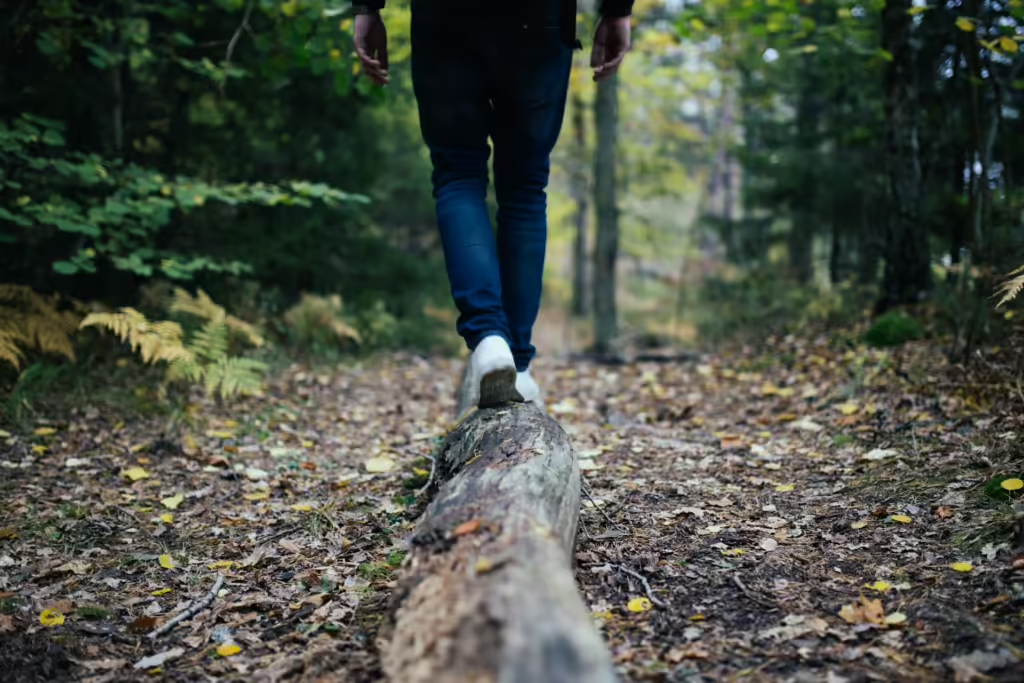
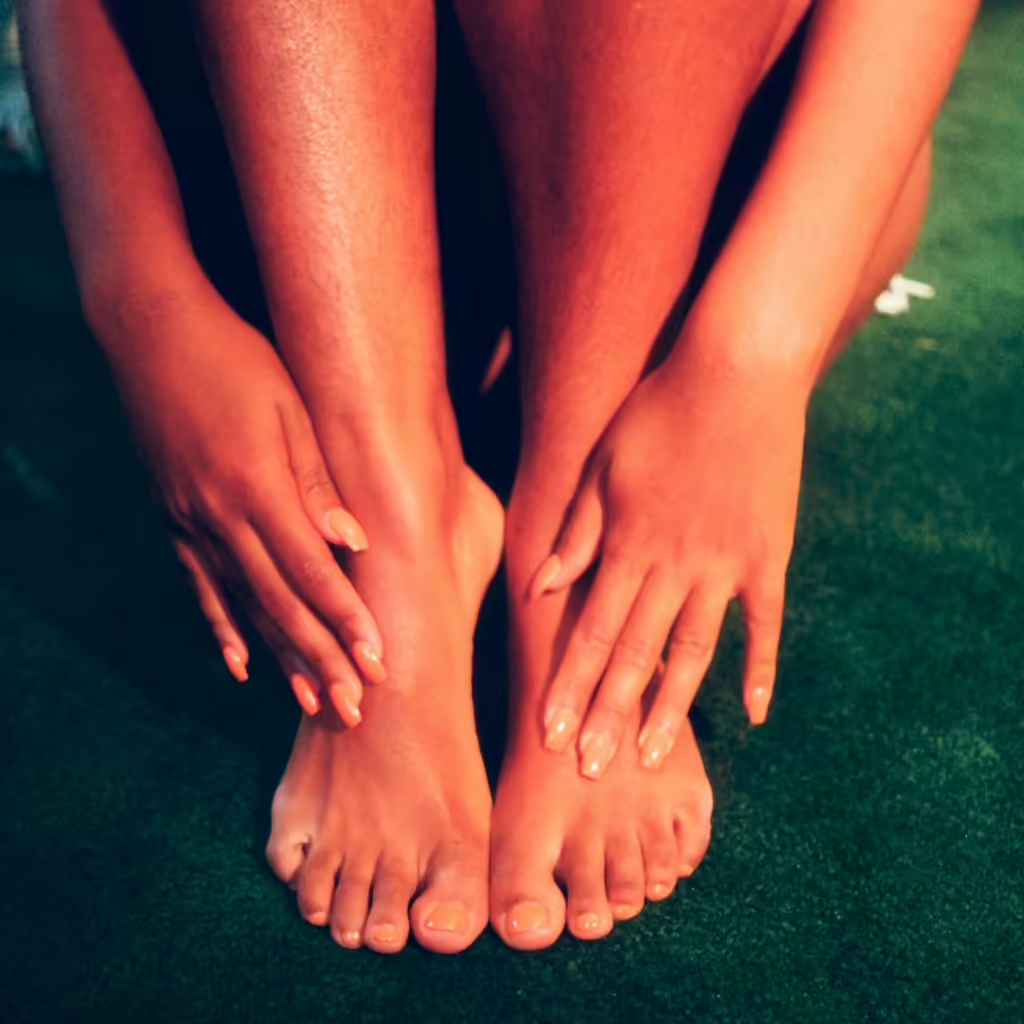
Transition to Barefoot Living Safely
1. Start Slowly
As you begin your transition to barefoot living, it’s important to start slowly and follow these tips to avoid injury. Begin by spending more time barefoot around the house or on soft surfaces like grass or sand. Start with short walks and progressively increase the duration as your feet and lower legs become stronger. Rushing the process could lead to overuse injuries, particularly in the Achilles tendon or calf muscles.
2. Focus on Foot Strengthening Exercises
Before diving into more intense barefoot activities, it’s important to strengthen the muscles in your feet and ankles. Exercises like toe curls, calf raises, and arch lifts can help build the necessary strength for barefoot walking or running. These exercises will also help prepare your feet for the different mechanics involved in barefoot movement.
3. Adjust Your Foot Strike
While transitioning, it’s best to start on softer, forgiving surfaces like grass, sand, or even padded gym floors. These surfaces help reduce the impact on your joints while you adjust to barefoot movement. Over time, as your feet grow stronger, you can begin experimenting with harder surfaces like concrete, but always listen to your body and avoid pushing too quickly.
4. Listen to Your Body
The most important tip for transitioning to barefoot living is to listen to your body. Pay attention to any discomfort or signs of overuse, especially in your feet, calves, or lower back. If you experience pain, scale back and allow your body time to recover. Remember, the goal is long-term health and improved mobility, so it’s important to move at your own pace.
5. Choose the Right Surfaces
If you’re a runner, transitioning to barefoot running will require you to adjust your foot strike. Most runners in traditional shoes tend to strike with their heels, but barefoot running encourages a forefoot or midfoot strike. This adjustment helps reduce impact forces and creates a more efficient running pattern. Start by practicing on softer surfaces and focusing on landing lightly with a bent knee.
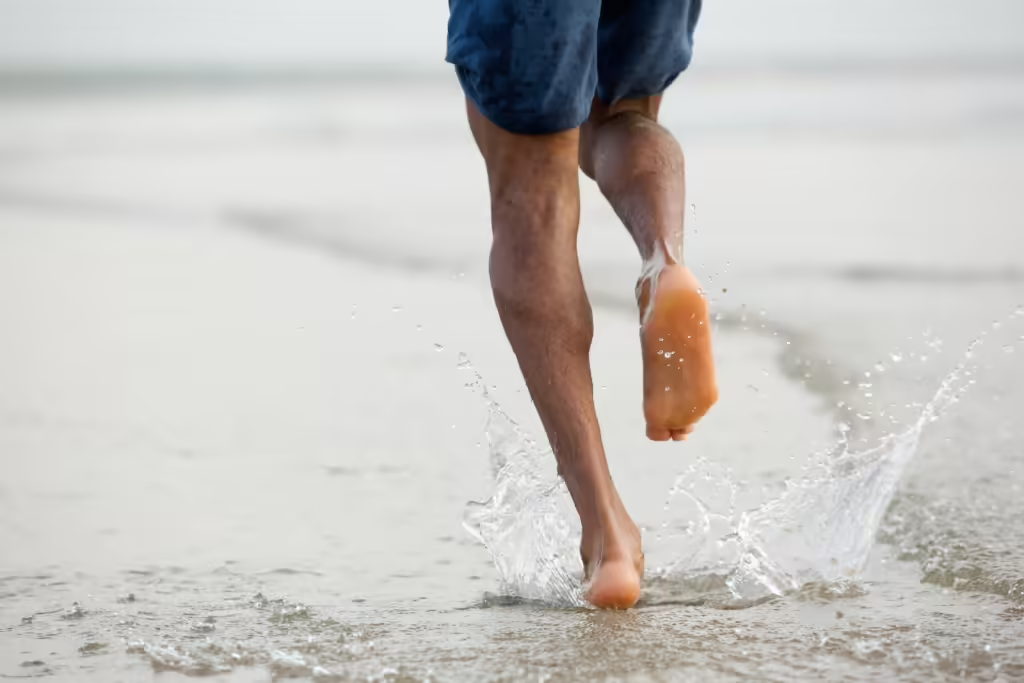
Case Study: A Successful Transition to Barefoot Living
Consider a busy professional in her early 40s, balancing a demanding career with staying active and managing chronic back pain. After years of wearing cushioned shoes, she noticed a gradual decline in her foot and ankle strength, which led to issues with balance and stability. Initially skeptical about the idea of barefoot living, she decided to explore the concept after experiencing persistent lower back discomfort that interfered with her active lifestyle.
She started by gradually introducing barefoot walking into her daily routine, spending 15 minutes walking on grass and incorporating simple foot exercises such as toe curls and single-leg balances. Over a period of eight weeks, she noticed significant improvements in her balance and posture. The newfound strength in her feet allowed her to adopt a more natural walking pattern, reducing the strain on her lower back. By the end of the third month, she had transitioned to performing yoga and strength training entirely barefoot, with notable reductions in the frequency of her lower back pain episodes.
Her success was rooted in the gradual approach she took, as well as the combination of barefoot walking and targeted foot exercises that supported her transition. This personalized approach to barefoot living enabled her to maintain her active lifestyle without the discomfort and instability that had previously held her back.
Incorporating Barefoot Living into Your Routine for a Smooth Transition
1. Everyday Activities
Incorporating barefoot living into your routine doesn’t have to be complicated. Start by going barefoot at home whenever possible, especially when performing light activities like cooking or stretching. You can also try taking short, barefoot walks on natural surfaces, like grass or sand, to engage your foot muscles without overwhelming them.
2. Barefoot Fitness
If you enjoy yoga, Pilates, or strength training, try performing these activities barefoot. Not only will you improve your balance, but you’ll also strengthen your foot muscles. Focus on exercises that challenge your stability, like single-leg balances or squats, to build more strength in your feet and ankles.
3. Transitioning to Barefoot Running
For those interested in running, start with a mix of barefoot running and traditional running. Alternate between running barefoot on soft surfaces and running with minimalist shoes that offer some protection without compromising your foot’s natural movement. Gradually increase your barefoot running sessions as your feet adapt to the new mechanics.
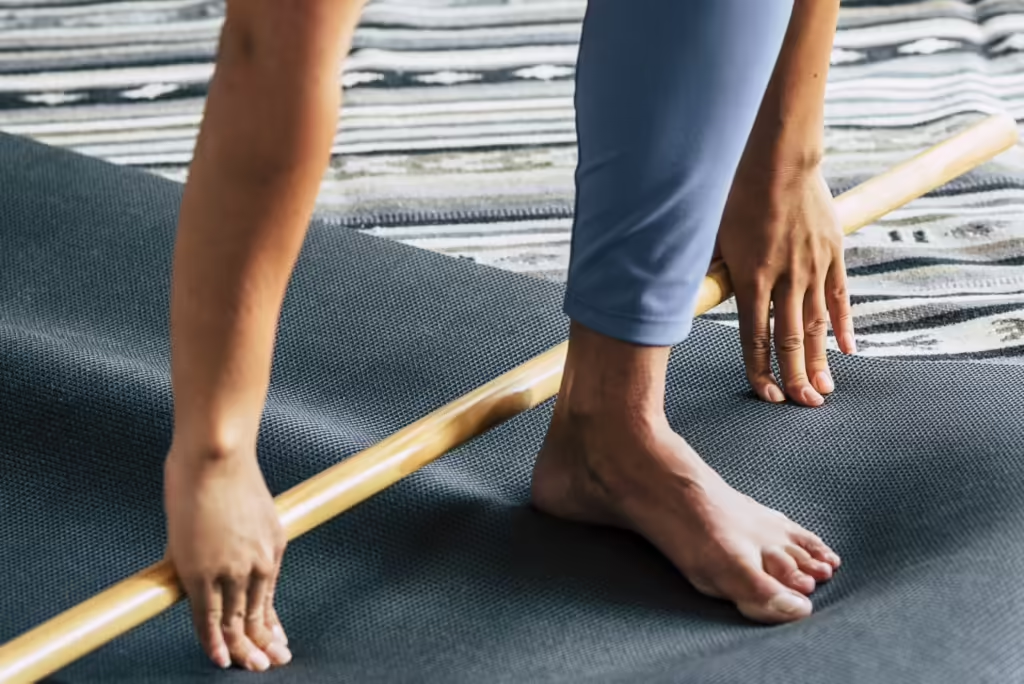
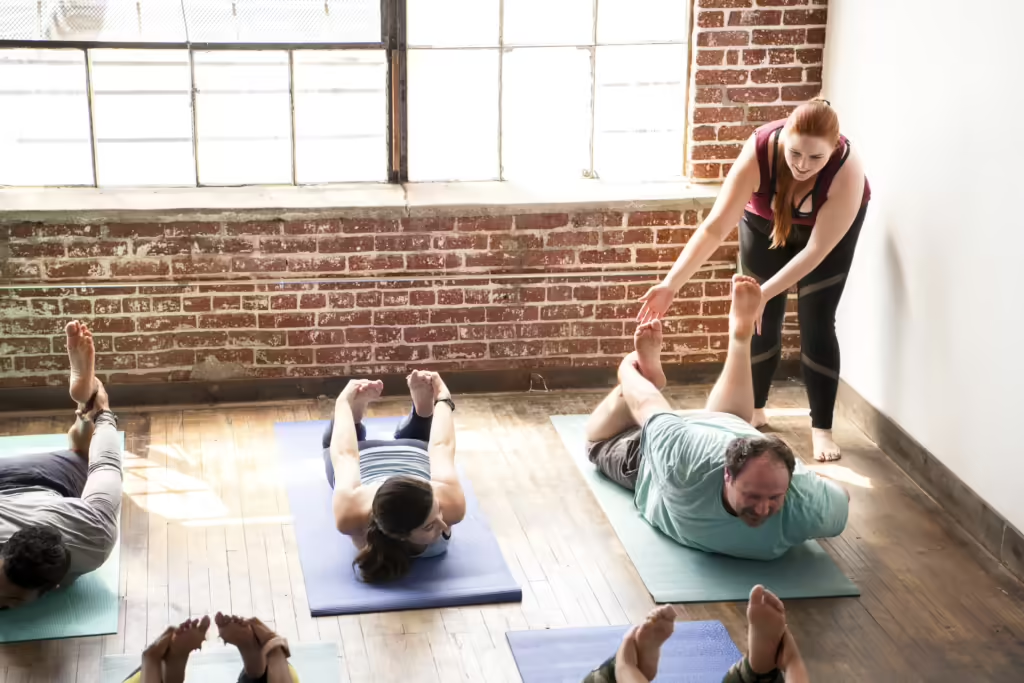
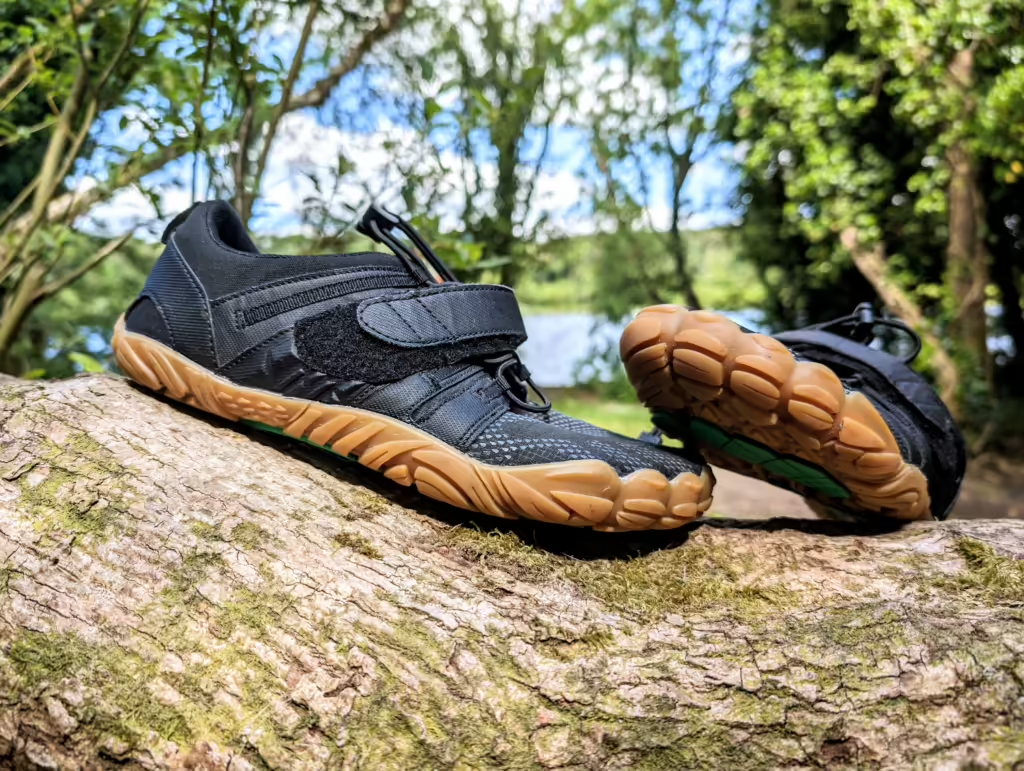
FAQs About Barefoot Living
Q: How long does it take to transition to barefoot living?
A: The time frame varies depending on your starting point and how often you practice. Generally, it can take several weeks to a few months for your feet to fully adapt. Start slowly and listen to your body to avoid overuse injuries.
Q: Can barefoot living help with lower back pain?
A: Yes! Barefoot living can improve posture and strengthen muscles, which may alleviate lower back pain by promoting better alignment and reducing stress on the lower body.
Q: Is it safe to run barefoot?
A: Running barefoot can be safe if done properly. Start on soft surfaces and gradually build strength in your feet and ankles before running on harder surfaces. Always listen to your body and adjust your training if you feel discomfort.
Q: Are barefoot shoes just as effective as going fully barefoot?
A: Barefoot shoes can be a good intermediate step, but they don’t fully replicate the sensory feedback and muscle activation of going completely barefoot. They do, however, offer protection on rougher surfaces.
Q: Are barefoot exercises safe for people with foot conditions?
A: Barefoot exercises can be safe for individuals with certain foot conditions, but it’s crucial to consult with a healthcare provider or osteopath before beginning. For example, those with flat feet or plantar fasciitis should start slowly, incorporating exercises that strengthen the foot’s arch and intrinsic muscles. Starting with soft surfaces and supportive exercises can help avoid exacerbating any existing conditions.
Q: Can I transition to barefoot living if I primarily wear high heels?
A: Yes, but transitioning may require extra care and time. High heels shorten the Achilles tendon and weaken the foot’s intrinsic muscles, so it’s essential to start with foot-strengthening exercises and progressively increase barefoot time. Gradually reducing heel height and incorporating barefoot activities like walking on soft surfaces can help ease the transition and restore natural foot function.
5 Simple Foot Exercises You Can Do at Home
1. Toe Curls
This exercise strengthens the muscles in the arch of your foot. Sit down, place a towel on the floor, and use your toes to scrunch it up. Do this for 3 sets of 10 reps.
2. Calf Raises
Stand barefoot and lift your heels off the ground, then slowly lower them back down. This strengthens your calves and improves ankle stability. Aim for 3 sets of 15 reps.
3. Arch Lifts
While standing, focus on lifting the arch of your foot while keeping your toes and heel on the ground. This helps build strength in the intrinsic foot muscles. Repeat for 3 sets of 10 reps.
4. Single-Leg Balance
Standing on one foot, try to maintain your balance for 30 seconds. You can challenge yourself by closing your eyes. Repeat on both feet for 3 sets.
5. Toe Spreads
Sit comfortably and try to spread your toes as far apart as possible. This helps improve flexibility and strengthens the muscles that support your toes. Hold for 5 seconds and repeat 10 times.
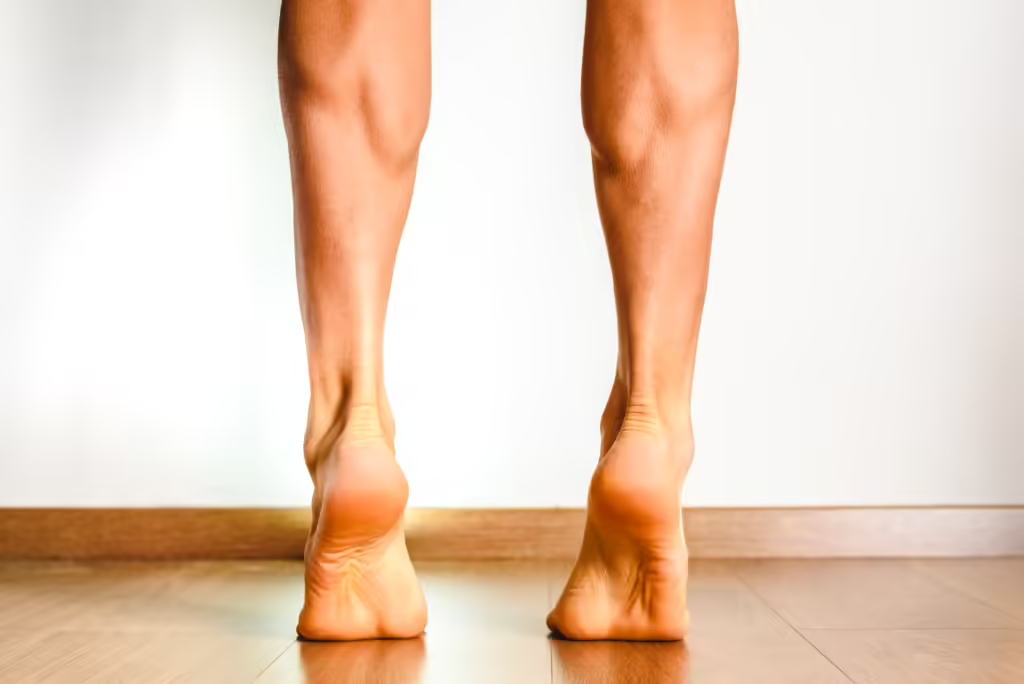
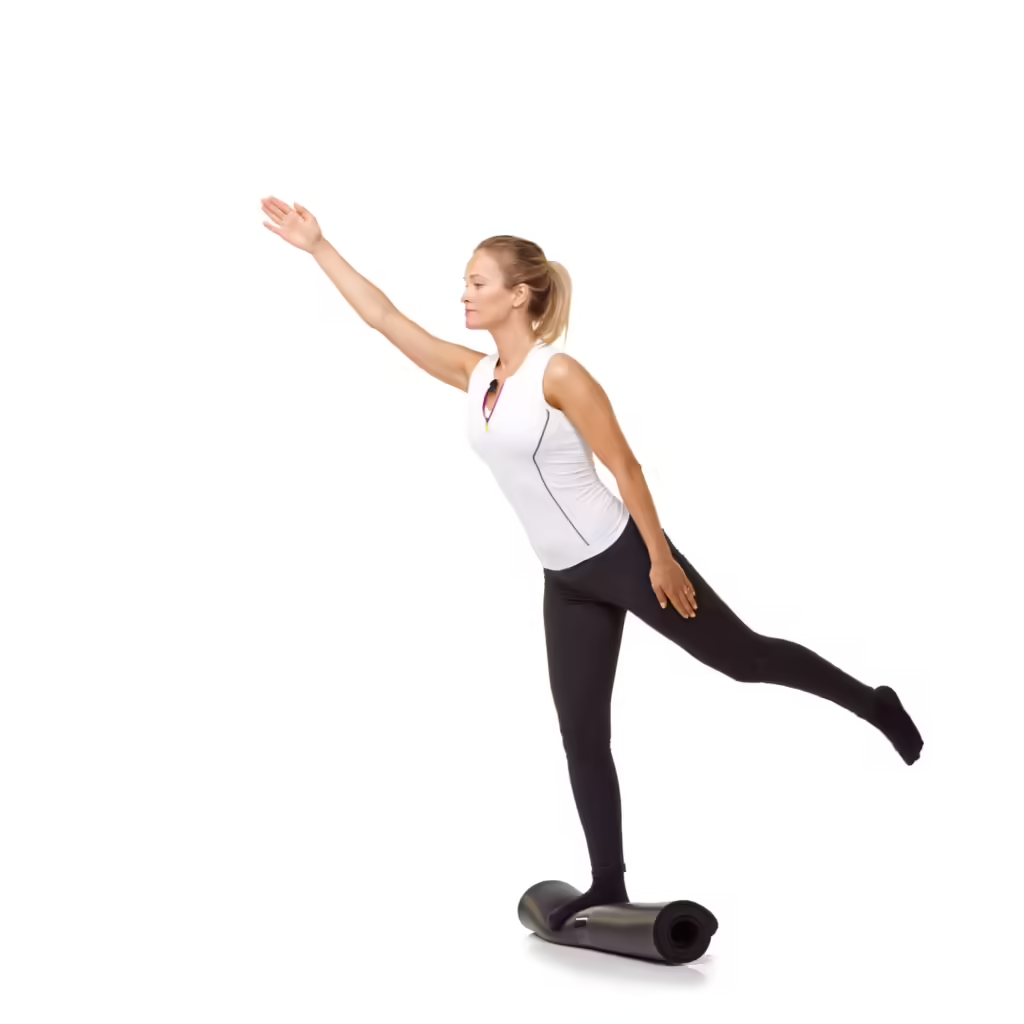
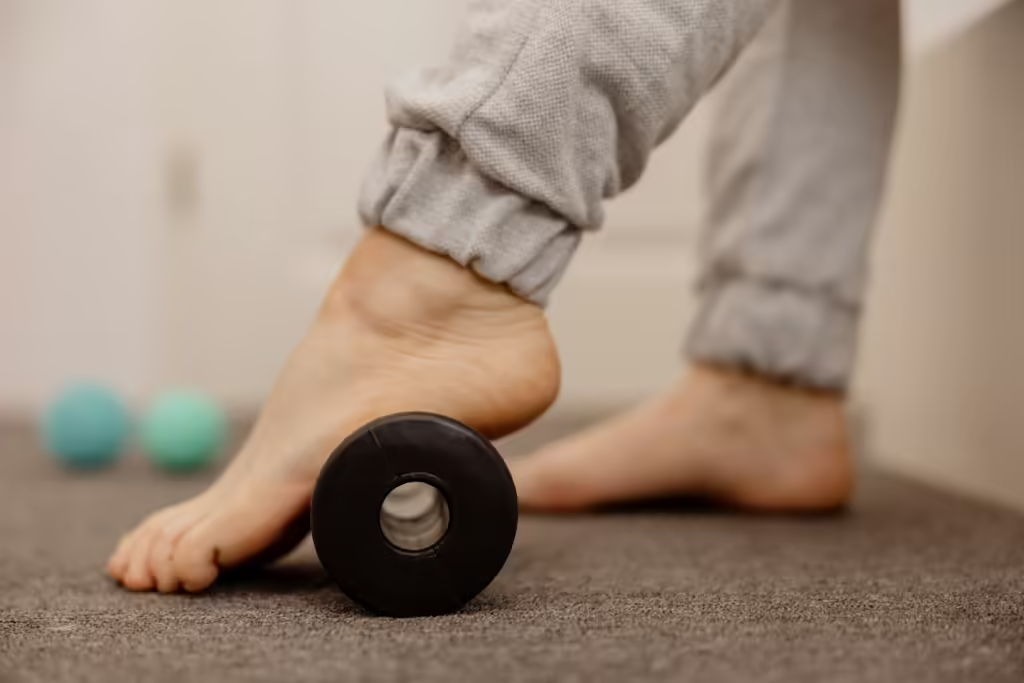
Scientific Evidence Supporting Your Transition to Barefoot Living
Research consistently supports the benefits of barefoot living, particularly in enhancing biomechanical function and reducing injury risk. A study by Robbins and Hanna (1987) found that barefoot walking significantly reduces the vertical impact forces on the body compared to wearing shoes. This reduction in impact is attributed to the more natural forefoot strike pattern adopted when barefoot, which helps distribute forces more evenly across the foot and up the kinetic chain. Additionally, Lieberman et al. (2010) demonstrated that barefoot runners had lower rates of repetitive stress injuries, particularly to the knees and hips, due to the reduced impact on these joints. Barefoot walking and running also promote a more flexible foot, which enhances mobility, stability, and balance, as noted by Tam et al. (2014).
Further research from the Biomechanical Considerations on Barefoot vs Shod Running journal highlights the increased activation of the intrinsic foot muscles when barefoot, resulting in stronger feet and improved arch function. The heightened proprioception that comes with barefoot activity allows for greater awareness of body movement and posture, which leads to better balance and coordination, critical for preventing falls and other injuries.
Moreover, barefoot activities have been shown to positively impact posture by engaging stabilizing muscles throughout the body, helping individuals maintain proper alignment. This increased engagement of the core and lower body muscles can alleviate lower back pain and other musculoskeletal issues, making barefoot living a valuable approach for both injury prevention and rehabilitation.
Conclusion
Transitioning to barefoot living offers a natural and effective way to improve foot health, posture, and overall mobility. By strengthening your feet and allowing your body to move as nature intended, you can reduce the risk of injury and enjoy a more connected relationship with your movements.
Whether you’re looking to ease lower back pain, enhance your fitness routine, or simply improve your day-to-day stability, barefoot living offers numerous benefits. Start slowly, focus on building strength, and don’t be afraid to embrace the ground beneath your feet!
By making a careful and gradual transition to barefoot living, you can improve your foot health, posture, and overall mobility.For personalized advice and support, reach out to The Barefoot Osteo and schedule a consultation today. We can help guide your journey to barefoot living with a customized treatment plan.
References:
Aerts, P., Van Damme, R., Van Elsacker, L., & Duchêne, V. (1998). Effects of habitual footwear use: Foot shape and motion in habitually barefoot vs. shod running. Footwear Science, 6(4), 243-251.
Cheung, R. T. H., & Ngai, S. P. C. (2016). Effects of footwear on running economy in distance runners: A meta-analytic review. Journal of Science and Medicine in Sport, 19(3), 260-266.
Ferris, D. P., Liang, K., & Farley, C. T. (1999). Runners adjust leg stiffness for their first step on a new running surface. Journal of Biomechanics, 32(8), 787-794.
Franz, J. R., & Kram, R. (2014). Advanced age and the mechanics of uphill walking: a joint-level, inverse dynamic analysis. Gait & posture, 39(1), 135–140.
Fuller, J. T., Thewlis, D., Tsiros, M. D., Brown, N. A. T., & Buckley, J. D. (2015). The effect of footwear on running performance and injury rates in distance runners. Journal of Sports Sciences, 33(13), 1473-1483.
Hall, J. P., Barton, C., Jones, P. R., & Morrissey, D. (2013). The biomechanical differences between barefoot and shod distance running: A systematic review and preliminary meta-analysis. Sports Medicine, 43(12), 1335-1353.
Hollander, K., Heidt, C., VAN DER Zwaard, B. C., Braumann, K. M., & Zech, A. (2017). Long-Term Effects of Habitual Barefoot Running and Walking: A Systematic Review. Medicine and science in sports and exercise, 49(4), 752–762.
Lieberman, D. E., Venkadesan, M., Werbel, W. A., Daoud, A. I., D’Andrea, S., Davis, I. S., … & Pitsiladis, Y. (2010). Foot strike patterns and collision forces in habitually barefoot versus shod runners. Nature, 463(7280), 531-535.
Robbins, S. E., & Gouw, G. J. (1990). Athletic footwear: Unsafe due to perceptual illusions. Medicine & Science in Sports & Exercise, 22(5), 515-523.
Robbins, S. E., & Hanna, A. M. (1987). Running-related injury prevention through barefoot adaptations. Medicine & Science in Sports & Exercise, 19(2), 148-156.
Davey, A. P., Vacek, P. M., Caldwell, R. A., Slauterbeck, J. R., Gardner-Morse, M. G., Tourville, T. W., & Beynnon, B. D. (2019). Risk Factors Associated With a Noncontact Anterior Cruciate Ligament Injury to the Contralateral Knee After Unilateral Anterior Cruciate Ligament Injury in High School and College Female Athletes: A Prospective Study. The American journal of sports medicine, 47(14), 3347–3355.
Robbins, S., Waked, E., & McClaran, J. (1995). Proprioception and stability: foot position awareness as a function of age and footwear. Age and ageing, 24(1), 67–72.
Squadrone, R., Gallozzi, C., & Gallozzi, C. (2009). Biomechanical and physiological comparison of barefoot and two shod conditions in experienced barefoot runners. Journal of Sports Medicine and Physical Fitness, 49(1), 6-13.
Tam, N., Astephen Wilson, J. L., Noakes, T. D., & Tucker, R. (2014). Barefoot running: An evaluation of current hypothesis, future research and clinical applications. Sports Medicine, 44(5), 701-713.
